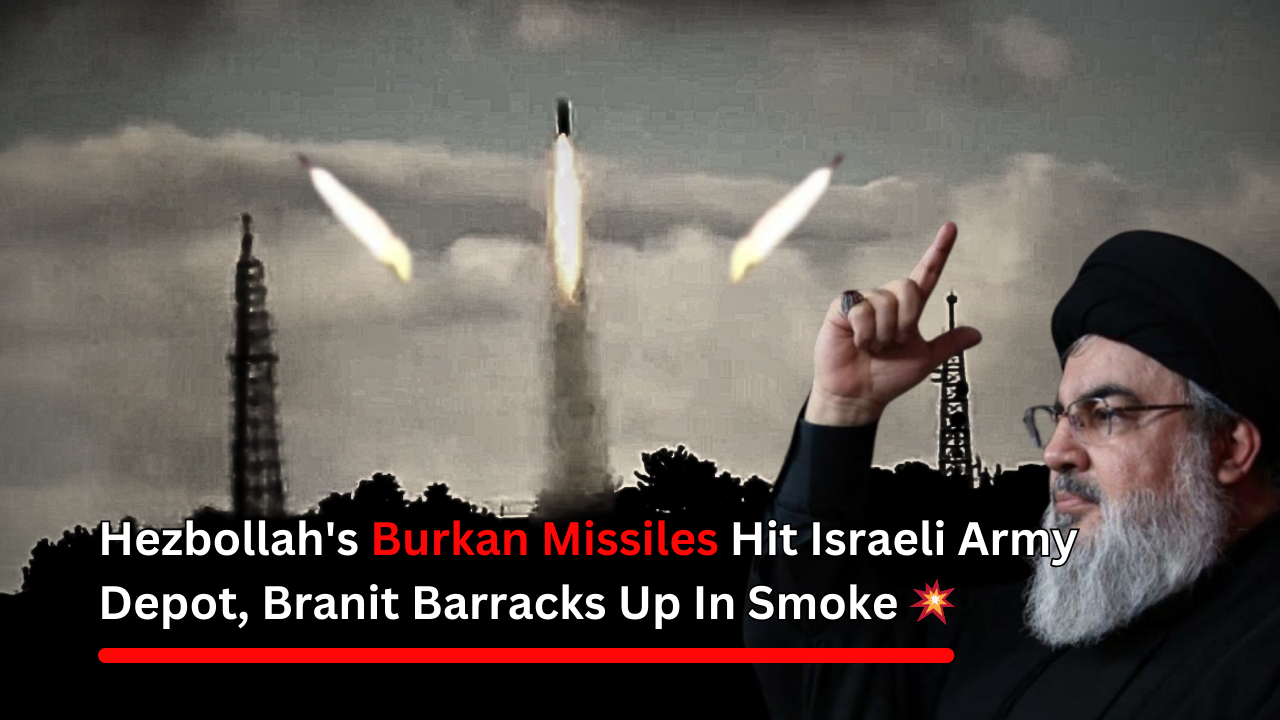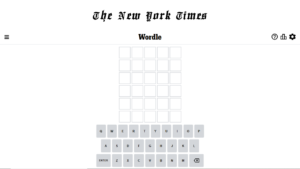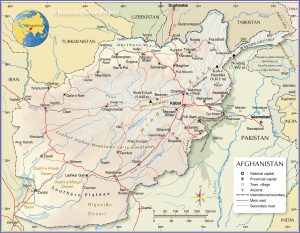In a recent escalation near the Lebanese border, Hezbollah, the Iran-backed militant group, has unleashed a barrage of Burkan ballistic missiles targeting the Israel Defense Forces (IDF). Reports indicate that two of these precision-guided missiles found their mark at Israel’s Branit barracks, resulting in a substantial fire engulfing the military facility. Video footage capturing the aftermath reveals plumes of smoke billowing from the Israeli army depot, underscoring the intensity of the alleged Burkan missile attacks. This incident serves as a stark reminder of the ongoing regional tensions, with the sophisticated Burkan ballistic missiles playing a pivotal role in the unfolding events.
Table of Contents
The destruction caused by Burkan Missiles
This is what a user on platform X writes about the attack carried out by the Iran-backed group.
Did Hezbollah just blew up an entire Israeli base to ashes? YES THEY DID 🤯🔥
Following Hezbollah’s assertion of striking the Branit Barracks with Burkan missiles, subsequent footage revealed extensive damage within the military compound. Unverified videos depicted scenes of collapsed structures, debris strewn across the streets, and billowing fire and smoke emanating from the army camp. Additionally, Hezbollah released footage claiming to capture its drones targeting the Israeli town of Kiryat Shmona. Concurrently, the Israel Defense Forces countered with their own visuals, showcasing retaliatory strikes on Hezbollah infrastructure situated in Lebanon. For a comprehensive understanding of these developments, watch the complete video for further insights.
What are Burkan missiles?
The Burkan missile is a short-range ballistic missile employed by both the Houthis in Yemen and Hezbollah. This missile system has been notably utilized by Hezbollah in recent conflict against Israel. According to statements from Hezbollah Secretary-General Hassan Nasrallah, the Burkan missiles have a weight ranging from 300 kilograms to half a ton. These missiles play a significant role in the arsenals of these groups, showcasing their capabilities in regional conflicts.
Table Depicting the Development of Burkan Family Missiles
| Missile Type | Alias | Description | First Launch | Range | Development Support |
|---|---|---|---|---|---|
| Burkan-1 | Volcano-1 | Mobile missiles with a range of at least 800 km. | 27 October 2016 | 800 Km | |
| Burkan-2H | Volcano-2H | Mobile missile first launched in July 2017 with a range of at least 1,200 km. | July 2017 | 1000-1400 Km | |
| Burkan-3 | Borkan-3 | New generation missiles were first seen in August 2019. Developed with support from Iran and North Korea. | August 2019 | 1200 Km | Support from Iran and North Korea |



